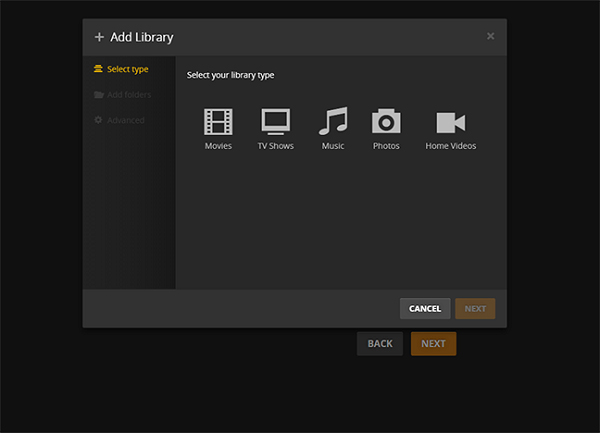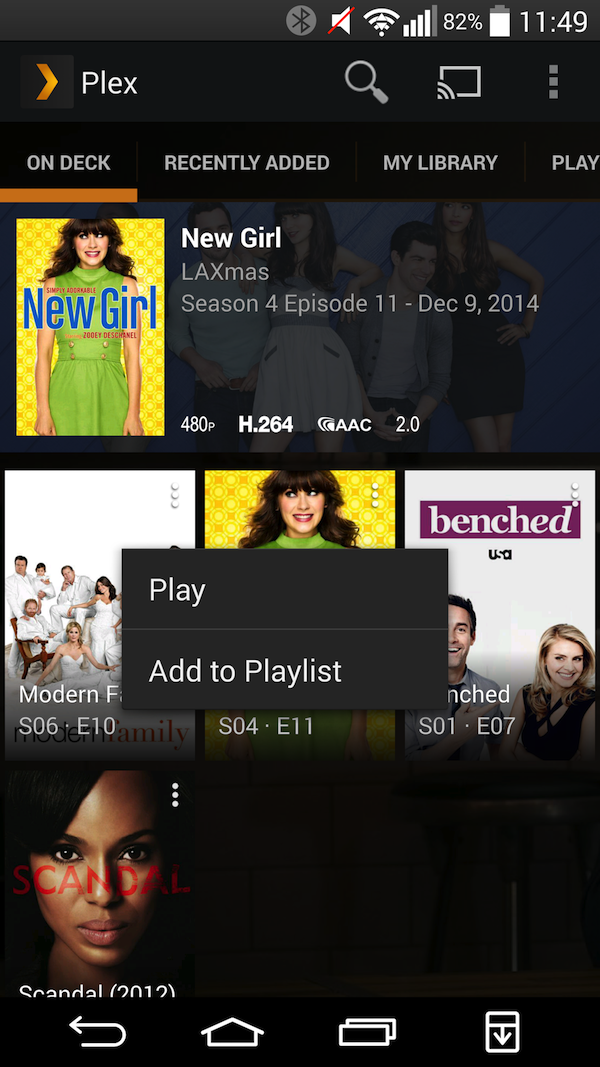

To create an M3U playlist, we actually just need one column: “Part File Combined.” That has the location of the file: Once you’ve done that, open the file and you’ll see lots of columns with lots of information. So, make sure you set that when you open the CSV file. By default in WebTools-NG, the delimiter is “|”. With LibreOffice, it asks for the delimiter (the Unicode character that separates data). You’ll open that with a spreadsheet program (I’m using LibreOffice Calc) for the next step. When it’s done, you’ll have a CSV file with all the relevant information from your playlist from Plex. Then click “Export Media” and you’ll see the Status box light up with your export: The one I chose for this example is “Favorite Chill.”įinally, for Export Level, I chose “All” (FYI, I’m not sure what this does.

Since I’m working with an audio playlist, in the Select Export Type, I selected “Playlist.” Now, to work with the playlists… click on ExportTools on the left and you’ll get this window: Without changing that, the application was timing out with some of my requests. First, set your Export Directory and change the “Timeout when requesting info from PMS in sec” to 99. Now, go to Global Settings and change two options. That feature exists so people who have multiple servers can select the one they want to work with. It took me a second to realize that some people have multiple servers. If you’re like me, you’re probably wondering why you’d need to select your server. Assuming everything works, you’ll get a screen like this:Ī couple of things to do before you start messing with the playlists. Once you’ve done that, double-click the application and you’ll get a log in screen that requires your Plex credentials. In permissions, select “Allow this file to run as a program.” You’ll also want to right-click on it and select “Properties.”
Plex playlist export download#
Download it and put it somewhere where you will remember. So, don’t bother looking for it.)Īs I’m on Linux, the WebTools-NG application is an AppImage – nothing to install, just run the AppImage. As of the latest version of Plex – I’m currently running 1. (ASIDE: If you google for exporting playlists from Plex, you’ll likely find a few posts or pages from before 2018 indicating that you could click on the context menu inside a playlist in Plex and find an export option. One of these applications, WebTools-NG, has a feature that helps partially solve the playlist import/export problem. These applications are no longer installed in the now-defunct “plugins” directory of Plex. Some programmers have switched from developing plugins to developing stand-alone applications that now interface with the Plex Media Server. Since then, many of the plugins that previously worked have been discontinued and are no longer updated. That announcement obviously wasn’t that popular with the Plex users who relied on the plugins. (NOTE: Until writing this post, I didn’t even know there were Plex plugins.) In September of 2018, the Plex developers announced they were discontinuing plugins. Before September 2018, there were some plugins that allowed some playlist import/export functionality. Let me see if I can summarize the situation briefly. The problem I was running into is that there is no native way to import or export playlists to Plex. I was building the playlists in both Clementine and Plex and realized that, if I built the playlist in one of the programs, I’d likely want to have the playlist in the other program as well. I have started building just a handful of playlists that are very specific. Many of my playlists are automated this tutorial doesn’t apply to those. With my music library cleaned up, I have started building a few playlists. At home, on my primary computer, I use Clementine (which is also partly how I organized my library).
Plex playlist export software#
I use two software packages to play my music. I spent the last year or so cleaning up my music library.


 0 kommentar(er)
0 kommentar(er)
